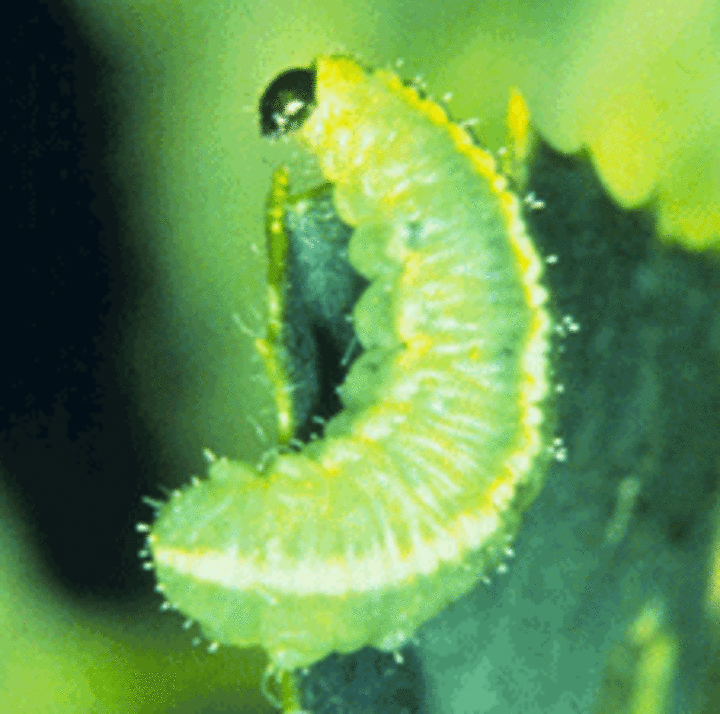Grazing Preparation
Dry and cool weather has caused spring green-up to lag. With warmer temperatures in the forecast, many cool-season species may come on fast as they make up for lost time. Are you prepared to capture this flush of spring growth?
Cool season species statewide are ready to grow as soon as temperatures and moisture allows. This includes perennial species like smooth brome as well as planted annuals like rye, barley or oats. While this flush of growth is needed for animals that will be turned out to pasture to have something to graze on, maturing too fast can cause some issues.
Grasses lose quality as they begin to develop seedheads and mature. The trade-off to this is the additional yield being produced. As grazing managers, we are constantly walking the line between quality and quantity, trying to find the optimum level for both. The danger with fast spring growth is the grass maturing faster than we can graze it, resulting in low quality forage and lower grazing efficiency.
So, what can we do? Try flash grazing to quickly graze pastures initially. This allows animals to utilize more forage in the vegetative state, while at the same time setting the plants back a bit and delaying maturity. The trick is setting back plant growth enough that we can come around for a second grazing period to a vegetative plant while not apply so much pressure the plant’s health suffers. After an initial quick rotation, we can slow things down again and graze normally as pasture growth slows later this spring.
Post-emergent Herbicides to Control Weeds in Alfalfa
Spring drought can provide an advantage for weeds in alfalfa, especially in newly seeded fields. Usually, glyphosate applications sprayed on Roundup Ready® alfalfa variety fields can be effective at overcoming these emerged weed issues, but Roundup® isn’t the only good weed control option for alfalfa.
When weeds grow faster than stressed alfalfa, seedlings are robbed of moisture, nutrients and light. Left uncontrolled, weeds can then thin stands, weaken plants and lower yields. For broadleaf weeds, mowing may be an option while the alfalfa is growing slowly. Adjust mowing height so several leaves remain on the alfalfa seedlings after clipping to aid in alfalfa regrowth. However, if mower clippings may smother young alfalfa seedlings, then alternative herbicide may still be your best weed control options if Roundup® is not an option.
Nebraska Extension 2022 “Guide for Weeds, Disease and Insect” publication EC-130 Provides comparison of response ratings for many labelled herbicides. Alfalfa seedling post-emergent herbicides may include: AIM®; Moxy 2E®; Poast®; Buctril®; Raptor®; Select Max®; Prowl H²O®; Warrant®; Pursuit®; Arrow® and Butyrac 200®.
For established alfalfa, labelled broadleaf or grassy weed herbicides include: Aim®; Moxy 2E®; Butytrac®; Chateau®; Gramoxone®; Karmex®; Metribuzin®; Prowl H²O®; MCPA Amine®; Arrow®; Warrant®; and Velpar®. These products are most effective when applied before weeds reach four inches tall.
As always, read and follow label directions for application rates and conditions.
Managing Alfalfa Weevil

Be sure to get out and check your alfalfa fields as alfalfa weevils have been recently confirmed in southeastern Nebraska. Scouting alfalfa fields now to monitor larval and adult weevil counts prior to the first cutting is important to determine if management strategies such as harvesting your field early or an insecticide application is needed. Remember alfalfa weevils cause alfalfa plants to wilt and turn brown, symptoms also seen with drought and cold injury. Weevil larvae can rapidly deteriorate hay quality as they spend nearly all their time feeding on the fresh leaf tissue of the plants.
Once alfalfa reaches eight inches tall, a sweep net can be used to see if alfalfa weevil larvae are present. If larvae are found with the sweep net, move to the hand sampling method. For hand sampling, collect 10 alfalfa stems cut at ground level from five locations across your alfalfa field. Next, shake the larvae off the cut stems into a deep-sided bucket. Then count the larvae in the bucket and calculate the average larvae per stem. Weevil larvae are small (1/16- to 3/8-inch long) pale yellow to dark green insects that curl into a C-shape when disturbed.
Next calculate your economic thresholds for determining if an insecticide application or early harvest might be beneficial. The final treatment decision is based on the economic threshold which varies by plant growth stage, treatment costs, projected forage value and average larvae found per stem. You can find the full economic threshold chart on CropWatch. For example, an insecticide treatment and/or harvesting early maybe recommended if you count two or more weevil larvae per stem at the early bud stage of developing alfalfa valued at $100 per ton.
